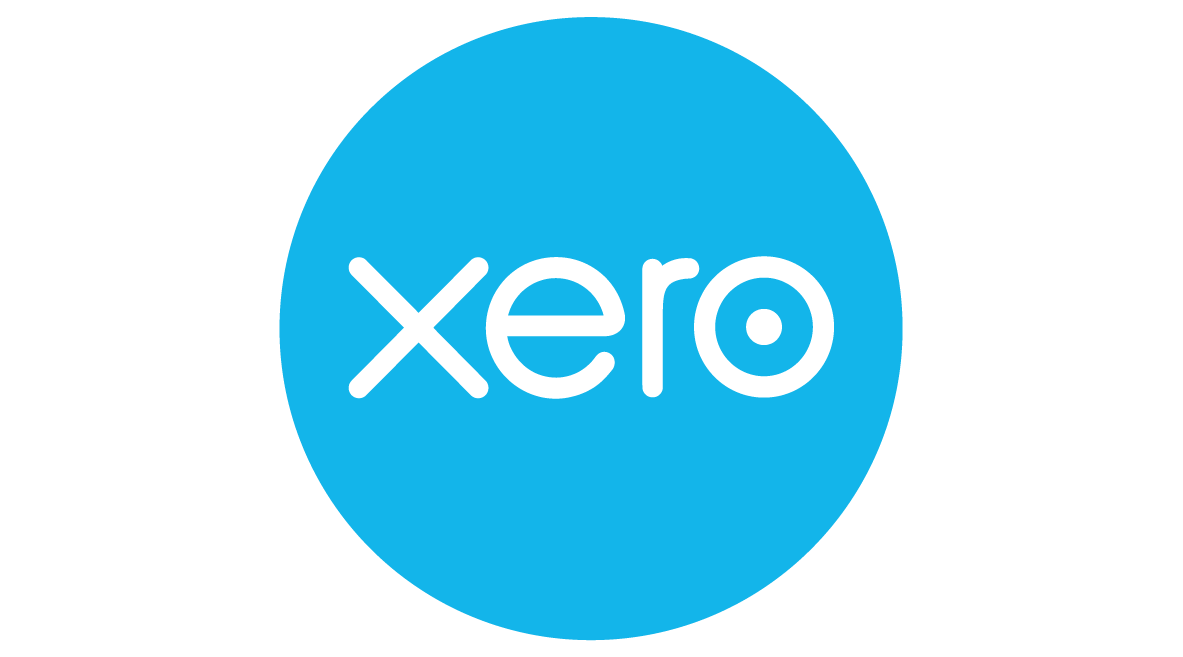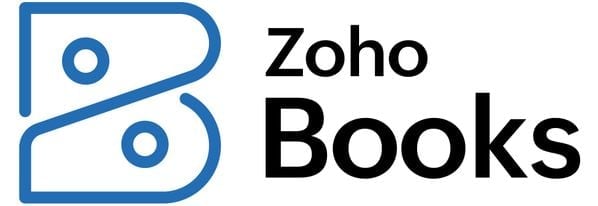Payment Terms: How to Use Them for Small Business
Adding these payment terms to your invoices can improve your customer relationships, cash flow and legal standing.

Many, or all, of the products featured on this page are from our advertising partners who compensate us when you take certain actions on our website or click to take an action on their website. However, this does not influence our evaluations. Our opinions are our own. Here is a list of our partners and here's how we make money.
Payment terms are the conditions of a sale. They’re usually associated with invoice payments, and specify how and when clients provide payment for goods or services.
Terms include when payment is expected, accepted payment methods and any discounts for early payment and/or late fees. They help confirm expectations for clients and business owners alike, ensuring mutual understanding and consistent cash flow for the business.
Invoicing software can help you add payment terms into your invoices, track recurring payments and monitor your cash flow.
What does an invoice include?
The payment terms in an invoice can vary, but most invoices should have the following components:
Invoice date.
Invoice number to track invoices chronologically.
Total amount due.
Due date and payment period.
Goods or services provided.
Payment plan details.
Accepted payment methods.
Stipulations for an advance or deposit.
Contact information.
What are the most common payment terms?
Common invoice payment terms specify details including the time period a client has to pay the total amount owed, discounts for early payment, and any partial or advance payment expectations.
Advance payment
Partial or full payment in advance can help reduce the risk of cancellation or loss. You can offer discounts for clients who pay in advance and use a partial payment as working funds to complete a client’s project.
PIA: Payment in advance; fully paid before the project begins. CIA, or cash in advance, and CWO, or cash with order, are also used.
50% upfront: Half of the total amount paid in advance, commonly used for long-term projects. Allows clients and businesses to take on equal financial risk.
CND/CBS: Cash next delivery or cash before shipment; payment must be made before the next delivery is initiated or before the product is shipped.
Immediate payment
COD: Cash on delivery, otherwise known as payable upon receipt; customer pays as soon as they receive the goods or services. “Cash” here refers to any accepted payment method.
Dated payment
Net payment: Typically appears as Net 7, 10, 15, 30, 60, 90 or N/7, etc. The number refers to the number of days the client has to pay the total amount; “net” refers to the total after any discounts. For example, if your term is N/30 for an invoice dated Oct. 15, the full payment must be submitted by Nov. 14.
EOM, MFI: You can also add “end of the month” to designate payment by the end of the month. MFI specifies payment due the month following the invoice date, often the 15th or 21st.
This payment term does require you (the business) to expense the project without receiving income, so make sure the payment period is within a reasonable time for you to recover the funds.
Some situations require future dating an invoice — a product may not yet be in stock, or payment is designated for a future earnings period. However, backdating an invoice, especially at a client’s request, is not recommended: It can be risky and, in some cases, considered fraud.
Partial payment
Stage payments: You can also choose to offer clients the option of paying small installments over a longer period of time, usually monthly or quarterly payments. Payments can also be made after the delivery of certain products or segments of a project.
Lines of credit: These terms give buyers credit toward their purchase, repaid in scheduled installments. This is usually only done in larger organizations that can handle the financial risks if a customer defaults.
Discounts
Cumulative quantity discount: Also known as accumulation discount, offering a reduced price for bulk quantities or large bundled orders.
Partial payment discount: Typically offered to clients when the business has a low cash flow, motivating the client to pay some of the total amount as early as possible so the business can secure the materials or labor needed to complete the project.
Contra: Payment offset by the cost of supplies, used when the customer is the supplier. You’ll need to create both a sales and a purchasing invoice, then create a separate account for these payments; accounting services often have specific templates for this process.
Early payment discount: Reduced cost for payment received before the net payment period. For example, 1% 10 Net 30 or 1/10 Net 30 means a 1% discount if payment is received within 10 days, otherwise, regular payment is due in 30 days.
Rebate: Partial refund sent to the client immediately after purchase or at a specified later date. Most commonly used for volume-based pricing, the business can offer a delayed discount based on the actual purchase quantity, not the estimated or promised amount.
Why should you include payment terms in invoices/contracts?
Cash flow
Small businesses are dependent on a consistent cash flow to keep operations running. Payment terms ensure that you have the funds needed to perform a service or manufacture a product, and accurate invoices help you predict future income.
According to a 2019 State of Small Business Cash Flow analysis by QuickBooks, 80% of small-business owners worry about their cash flow, and more than half of those owners say late customer payments are the primary cause. Clear payment terms — with penalties for late payments and discounts for timely ones — can reduce this stress and ensure that your business can perform well and grow.
Client relationships
Clear payment terms set clear expectations for both parties. When terms are specified, clients and businesses alike know when to expect payment, products and discounts. Payment terms can be negotiated with clients, increasing communication and understanding in the professional relationship.
Legal protection
U.S. small-business owners had an average of $78,355 in outstanding receivables in 2019, according to QuickBooks’ analysis. When your payment terms are clearly documented and agreed upon by your client in a contract, you have legal standing if you don’t receive payment on time or at all.
Tips for payment terms
Discuss with your client
Payment terms should be negotiated between you and your client to minimize conflict and increase convenience for both parties. The right terms can ensure that you receive payment in a reasonable amount of time and your client understands your expectations.
Invoice quickly
Creating an invoice as soon as possible prevents payment delays and interruptions. Especially with date-specific and time-sensitive payment terms, sending an invoice to a client immediately is essential.
Late fees
Enforcing your payment terms with late fee conditions makes sure that you aren’t financially impacted by late or incomplete payment. Including late fees leads to a higher percentage of paid invoices, according to a 2019 FreshBooks data analytics study.
Late fee charges typically range from 1.5% to 3% interest per month. Maximum annual interest rates vary between states, so make sure to check that your late fees are in line with state laws.
Reward early payment
On the flip side, offering discounts for early payment can be an incentive for clients to complete payment as soon as possible — and give your business additional funds to complete the project.
Shorten payment periods
With the increased use of online payments and ACH bank transfers, payment periods do not need to be as long as the standard 30 days. Even slightly shorter payment periods, like 15 or 21 days, can make a big difference in cash flow.
Polite wording
Including polite phrases like “please” and “thank you” in your invoice can actually impact your payment returns. According to the 2019 FreshBooks study, using this kind of language increases the percent of invoices paid by 5%.
Flexible payment methods
Offering clients as many payment options as possible increases convenience, which makes them more likely to pay sooner. In addition to cash, checks and credit cards, setting up automatic bill payments through ACH bank transfer can streamline the process.
Credit card payments may be the most convenient option for many customers, but make sure to specify which party is responsible for the fees in your contract.
How to include payment terms
You can create an invoice with a Microsoft Word or Excel template, but online invoicing software has advanced features that can automatically add payment terms and keep track of payments received.
Accounting software like QuickBooks can set up automatic and recurring payments and email invoices to customers with direct payment links. QuickBooks also offers pay-enabled smart invoices that clients can pay using credit cards, debit cards and ACH bank transfers.
Quickbooks Online |
Invoice-specific options with a free plan, such as InvoiceNinja, provide dedicated invoicing features like time tracking, expense logs and estimates. Not all invoice software integrates with accounting services, however, so a paid, all-in-one option like QuickBooks or FreshBooks may provide a more seamless payment process for your business.
FreshBooks Accounting |
| Product | Starting at | Promotion | Learn more |
|---|---|---|---|
 QuickBooks Online NerdWallet Rating Learn more on QuickBooks' website | $35/month Additional pricing tiers (per month): $65, $99, $235. | 50% off for first three months or free 30-day trial. | Learn more on QuickBooks' website |
 FreshBooks NerdWallet Rating Learn more on FreshBooks' website | $21/month Additional pricing tiers (per month): $38, $65, custom. | 70% off for 4 months. 30-Day Money Back Guarantee. | Learn more on FreshBooks' website |
 Xero NerdWallet Rating Learn more on Xero's website | $20/month Additional pricing tiers (per month): $47, $80. | 90% off for 6 months. | Learn more on Xero's website |
 Zoho Books NerdWallet Rating Learn more on Zoho Books' website | $0 Additional pricing tiers (per month): $20, $50, $70, $150, $275. | 14-day free trial of the Premium plan. | Learn more on Zoho Books' website |

